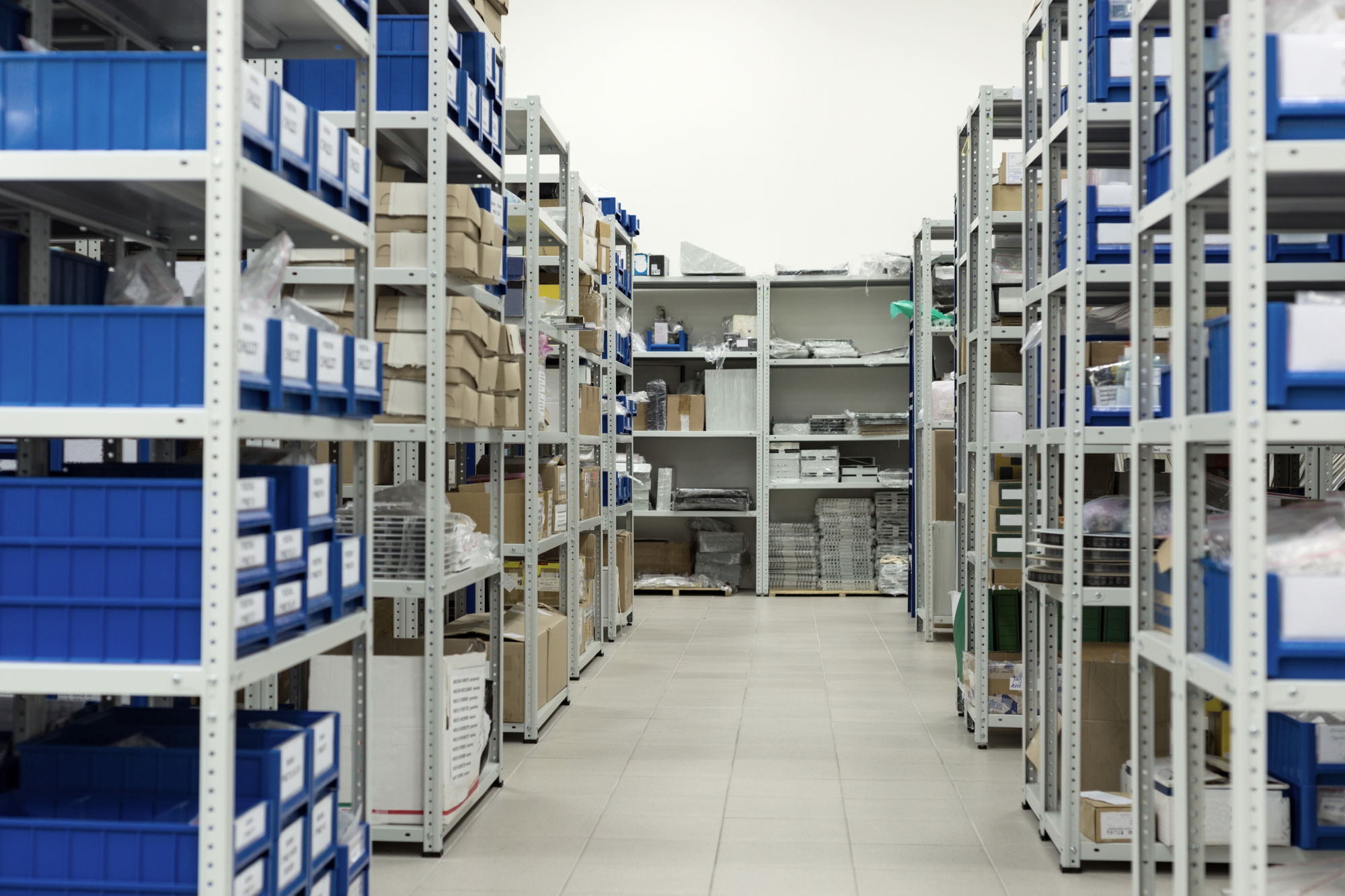Perhaps the holy grail of eCommerce success is fast shipping. When your competitors race to purchase customers’ attention, you need to make it clear that you’re the faster option.
Today, faster shipping is more important than ever before. In a world of instantly pressing purchase buttons and endless options, your customers are hungry for immediacy.
How fast do your customers expect your shipping to be, how can you achieve this, and what options do you have? In this article, we cover the different ways that you can manage your order fulfillment operations.
1. In-house
In-house fulfillment is when the e-commerce business handles the entire order fulfillment process on its own. The business maintains its own inventory, hires its own staff, and manages the entire order processing and shipping process. In-house fulfillment is a popular choice for small businesses that are just starting and have limited resources.
The advantage of in-house fulfillment is that it gives the business complete control over the entire process. The business can manage the following:
- Inventory levels
- Shipping times
- Customer service
It can also offer customized packaging and delivery options. However, in-house fulfillment can be time-consuming and requires significant investment in the following:
- Infrastructure
- Staffing
- Technology
2. Dropshipping
Another type of order fulfillment for e-commerce businesses is dropshipping. Dropshipping means that the business doesn’t hold any inventory. Instead, they purchase products from a third-party supplier who ships the product directly to the customer.
Dropshipping requires less capital upfront, which is good for businesses that want to start with minimal investment. It also allows for a wider variety of products and the business doesn’t need to worry about managing inventory or shipping products.
However, dropshipping can have some downsides such as lower profit margins as the business has to pay a markup to the supplier. The business also has less control over the shipping process, which can lead to delays or other issues. Nonetheless, dropshipping can be a good option for e-commerce businesses that are just starting and have a limited budget.
3. Third-Party
With this method, businesses outsource the warehousing, packing, and shipping of their products to a third-party logistics provider (3PL). This frees up the business to focus on other important aspects of running their e-commerce store, such as:
- Marketing
- Customer service
- Product development
3PL ecommerce fulfillment providers offer a range of services, including:
- Inventory management
- Order processing
- Shipping
They also use advanced technology to optimize their operations. This includes automated systems for tracking inventory levels and processing orders.
Using a 3PL can be a cost-effective way for small e-commerce businesses to scale up their operations without incurring the costs of renting warehouse space and hiring additional staff. However, businesses should carefully evaluate their options. They must choose a 3PL provider that can meet their specific needs and provide reliable, timely service.
Order Fulfillment for E-Commerce Businesses
There are many different types of order fulfillment that eCommerce businesses can use. The three key types are drop shipping, self-fulfillment, and third-party fulfillment.
It’s important to consider the pros and cons of each of these types to decide which option is the best fit for your business. Try looking into the solutions available and assess their efficiency to make the best decision for your business.
For more helpful articles, check out the rest of our website.



